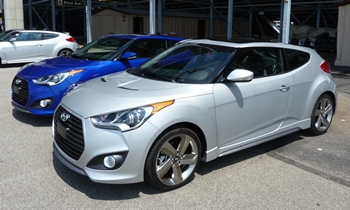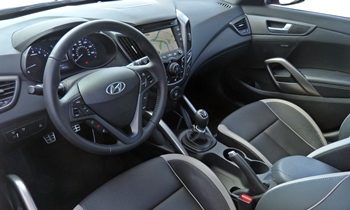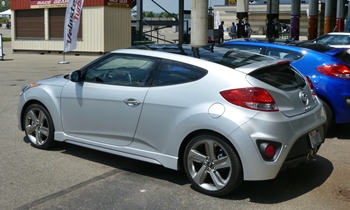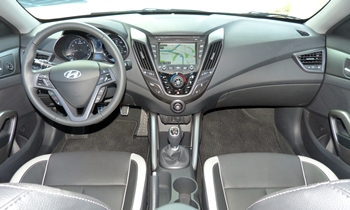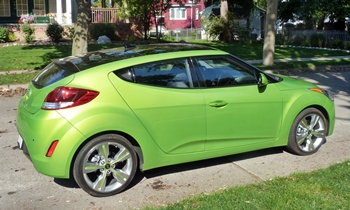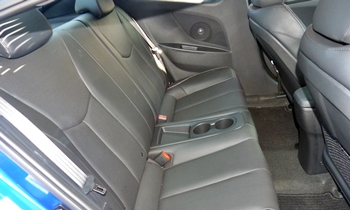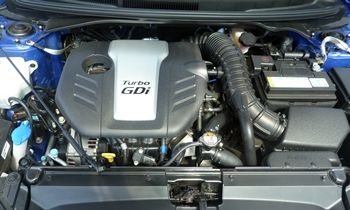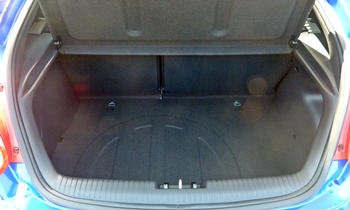You might have noticed that Hyundais are more eye-catching than they used to be. And none catches eyes more avidly than the Veloster introduced last year. But reviews were mixed because the Veloster's name suggested speed, and the car appears quick, but, with a 138-horsepower engine, it's not quick. For 2013 Hyundai has addressed this deficiency by adding a turbo to the 1.6.


